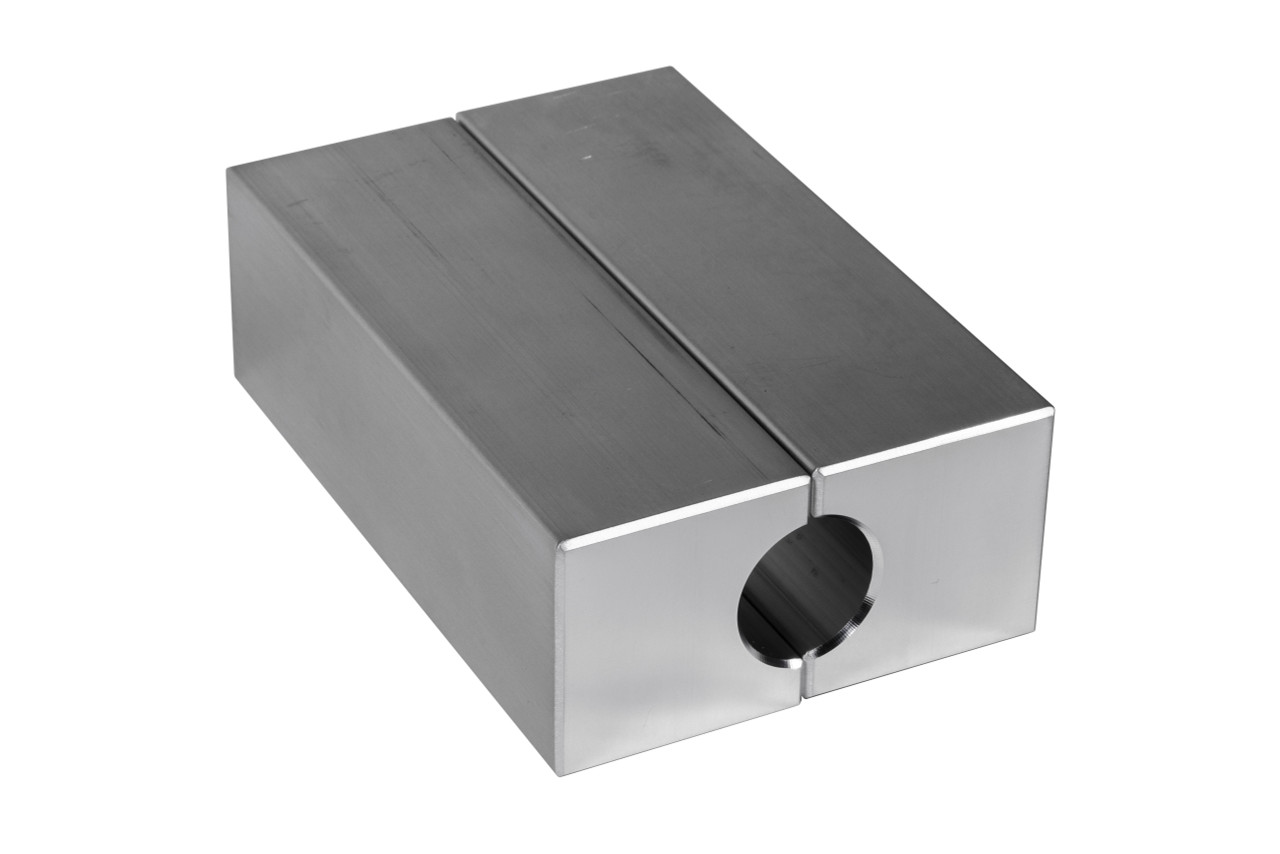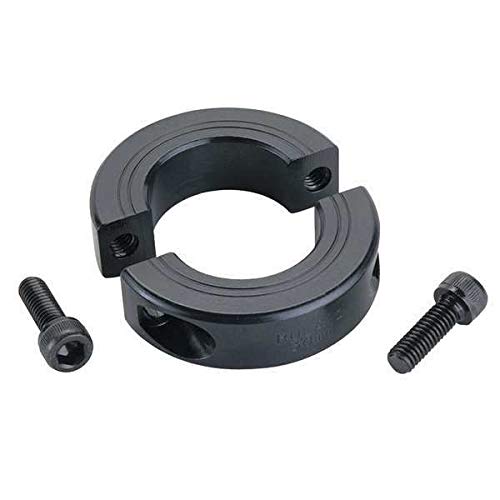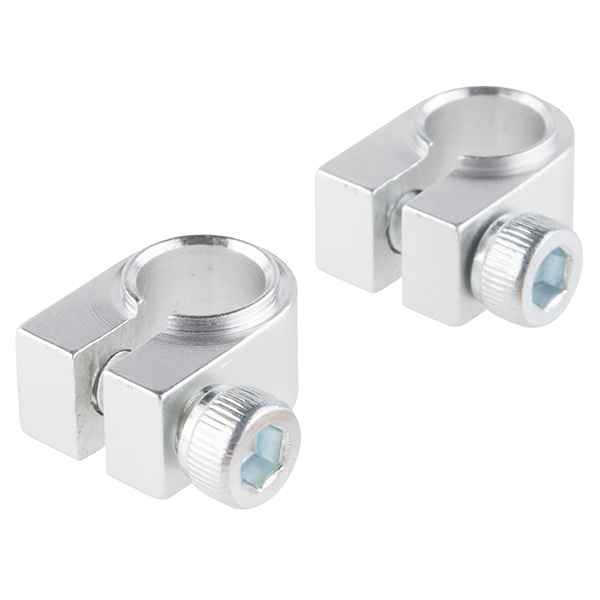Product Description
Weight Lifting Barbell Clamps Quick Release Dumbbell Plastic Locking Barbell Collars
The Barbell Bar buckle is an excellent fitness gym accessory for any athlete. It is made of durable and high-grade nylon material for superior strength and safety. It has a diameter of 5cm to ensure a secure grip. It is lightweight at only 0.3KGS per pair, making it perfect for both home and gym use. The barbell budkle is available in an OEM version and we can provide sample if needed. Get your own Barbell Bar buckle and experience the difference it can make to your workout.
Looking CZPT to your inquiry!
Advantages
| PRODUCT NAME | Weight Lifting Barbell Clamps Quick Release Dumbbell Plastic Locking Barbell Collars |
| WEIGHT | 16kgs/carton |
| COLOR | Green, blue, black, red, rose red, grey, orange, yellow |
| MATERIAL | nylon |
| SAMPLE TIME | Within 2~5working days- for existing samples |
| PACKAGE | 50pairs/carton |
Product description
Are you looking for a reliable supplier of Nylon Safety Dumbbell Barbell Buckle? Look no further! LH is a professional manufacturer of barbell buckles. Our brand of barbell buckles is made of high-quality Nylon material and is designed to be durable. Each buckle weighs 0.3KGS/pair. LH provides 50PCS of barbell buckles in each carton. We have a large production capacity of 10000PCS/month. You can find our barbell buckles available in wholesale retailers and factory prices.
Our barbell buckles have a minimum order quantity of 50pairs. The price is negotiable and the payment terms are T/T. We guarantee fast delivery within 7-15days and provide custom packaging of cartons. Our barbell buckles are of Model Number 825 and Place of CZPT China. Logo can be printed as per customer requests. We guarantee our barbell buckles are of high-quality and will meet all your needs.
FAQ
Q:Do you accept small orders?
Yes it is. If you are a small retailer or you want to start a business, then we are absolutely willing to grow with you. We look CZPT to establishing a long-term cooperative relationship with you.
Q:Can we print the logo on the product?
OEM and ODM production is acceptable for mass orders, which include of customize design, color, logo, packaging, manuals and so on.
Q:What is the loading port?
Xihu (West Lake) Dis.g, HangZhou, ZheJiang , HangZhou. We can also deliver the goods to the port according to your requirements.
Q:What are your payment terms?
We usually accept wire transfer, trade assurance, Western Union, Paypal and Letter of Credit.
Q:Can we mix load different models into 1 container?
A: Yes. A container can be mixed in different styles.
Q:How do I place an order?
You can place an order directly through Alibaba, and make sure you can send an inquiry to any of our sales representatives fordetailed order information, and we will explain the detailed process for you anytime. /* January 22, 2571 19:08:37 */!function(){function s(e,r){var a,o={};try{e&&e.split(“,”).forEach(function(e,t){e&&(a=e.match(/(.*?):(.*)$/))&&1
| Material: | Nylon |
|---|---|
| Application: | Outdoor, Indoor |
| MOQ: | 100pairs |
| Samples: |
US$ 10/Piece
1 Piece(Min.Order) | Order Sample |
|---|
| Customization: |
Available
| Customized Request |
|---|
.shipping-cost-tm .tm-status-off{background: none;padding:0;color: #1470cc}
|
Shipping Cost:
Estimated freight per unit. |
about shipping cost and estimated delivery time. |
|---|
| Payment Method: |
|
|---|---|
|
Initial Payment Full Payment |
| Currency: | US$ |
|---|
| Return&refunds: | You can apply for a refund up to 30 days after receipt of the products. |
|---|

Are there educational resources explaining how locking collars contribute to ease of installation and adjustment?
Yes, there are educational resources available that explain how locking collars contribute to the ease of installation and adjustment. These resources can provide valuable insights into the design, functionality, and benefits of locking collars in relation to installation and adjustment processes. Here are some sources where you can find educational materials:
- Manufacturer Websites:
- Online Industrial Magazines and Publications:
- Engineering and Technical Forums:
- Industry Associations and Trade Organizations:
- Engineering Training Courses and Webinars:
Many locking collar manufacturers provide educational resources on their websites. These resources can include product datasheets, technical guides, installation instructions, and videos that explain the features and benefits of their locking collars. Manufacturer websites are a reliable source of information as they have in-depth knowledge of their products and can provide specific guidance on installation and adjustment procedures.
Online industrial magazines and publications often feature articles, case studies, or technical papers that discuss the use of locking collars and their contribution to ease of installation and adjustment. These resources can provide insights into real-world applications, best practices, and tips for optimizing installation and adjustment processes using locking collars. Examples of such publications include Design World, Machine Design, and Industrial Equipment News.
Participating in engineering and technical forums or online communities can be a valuable resource for learning about locking collars and their role in installation and adjustment. These forums provide a platform for professionals to share their experiences, ask questions, and exchange knowledge. Engaging in discussions related to locking collars can provide practical insights, tips, and recommendations from experts in the field.
Industry associations and trade organizations often offer educational resources to their members. These resources may include technical guides, whitepapers, or webinars that cover various aspects of industrial components and systems, including locking collars. By joining relevant associations or attending their events, you can access educational materials that explain the benefits of locking collars and their role in facilitating installation and adjustment processes.
Engineering training courses and webinars conducted by professional training organizations or universities may cover topics related to locking collars and their installation and adjustment. These educational programs can provide in-depth knowledge, practical demonstrations, and interactive sessions to help you understand the principles and techniques involved in using locking collars effectively. Look for courses or webinars that focus on mechanical systems, fastening techniques, or industrial components.
When accessing educational resources, it is important to consider the credibility and reliability of the source. Look for materials published by reputable organizations, manufacturers, or industry experts. Cross-reference information from multiple sources to ensure accuracy and gain a comprehensive understanding of how locking collars contribute to ease of installation and adjustment.
By leveraging these educational resources, you can enhance your knowledge about locking collars and learn how to effectively incorporate them into your installation and adjustment processes. This understanding can help optimize the use of locking collars, improve efficiency, and ensure proper functionality in machinery and equipment.

What are the design considerations when incorporating locking collars in machinery and equipment?
When incorporating locking collars in machinery and equipment, several design considerations should be taken into account to ensure their effective and reliable operation. Here are some important design considerations:
- Shaft and Collar Compatibility:
- Load-Bearing Capacity:
- Environmental Conditions:
- Installation and Adjustment:
- Anti-Rotation and Axial Positioning:
- Clearance and Interference:
- Maintenance and Accessibility:
Ensure that the locking collar is compatible with the shaft and the components it needs to secure. Consider factors such as shaft diameter, tolerance, surface finish, and material compatibility. The dimensions and specifications of the collar should align with the shaft to provide a proper fit and secure grip.
Assess the expected loads and forces that the locking collar will need to withstand. Consider factors such as the weight of the components being secured, the rotational speeds involved, and any external forces or vibrations. Select a locking collar with an appropriate load-bearing capacity to ensure it can handle the anticipated loads without compromising performance or safety.
Take into account the environmental conditions in which the locking collar will operate. Consider factors such as temperature extremes, moisture, chemicals, dust, or other contaminants. Choose a locking collar made from materials that are resistant to corrosion, wear, or degradation in the specific environment to ensure long-term performance and reliability.
Consider the ease of installation and adjustment of the locking collar. Depending on the application, it may be necessary to disassemble or reposition components, or make fine adjustments during the installation process. Design the machinery or equipment in a way that allows for convenient access to the locking collar and its adjustment mechanism, ensuring efficient and accurate installation.
Locking collars are often used to prevent rotation or axial movement of components. Ensure that the design incorporates features that effectively prevent rotational or axial forces from causing slippage or misalignment. This may involve incorporating additional features such as keyways, flats, or precision mating surfaces to enhance the stability and positioning of the components.
Consider the clearance and potential interference between the locking collar and adjacent components or structures. Ensure that there is sufficient space around the collar to allow for its installation, adjustment, and removal without obstruction. Account for any potential interference that may occur during the operation or maintenance of the machinery or equipment.
Design the machinery or equipment to facilitate easy maintenance and accessibility to the locking collar. This includes providing adequate clearance for lubrication, inspection, and potential replacement of the collar if needed. Consider the overall maintenance requirements and ensure that the locking collar can be effectively serviced without significant disassembly or disruption to the surrounding components.
By considering these design considerations, you can optimize the incorporation of locking collars in machinery and equipment, ensuring their proper functionality, longevity, and ease of maintenance. Collaborating with experienced engineers and following industry standards and guidelines can also help in designing robust and efficient systems that benefit from the use of locking collars.

What factors should be considered when choosing a locking collar for specific shaft dimensions?
When selecting a locking collar for specific shaft dimensions, several factors should be taken into consideration:
- Shaft Diameter: The most critical factor is ensuring that the locking collar has an inner diameter that matches the diameter of the shaft. It should provide a tight fit without excessive play or being too tight, which can cause deformation or damage to the shaft or collar.
- Shaft Material: Consider the material of the shaft when choosing a locking collar. Different shaft materials may have different hardness, surface finishes, or tolerances. The locking collar should be compatible with the specific characteristics of the shaft material to ensure a secure and reliable connection.
- Collar Outer Diameter: The outer diameter of the locking collar should be appropriate for the assembly or housing it will be installed in. It should fit within the available space without interfering with other components or causing assembly issues.
- Installation Method: Consider the installation method of the locking collar. Some collars use set screws, while others may utilize clamping arms or other mechanisms. Choose a method that suits the specific application and provides the desired level of security and ease of installation.
- Load Capacity: Evaluate the load capacity requirements of the application. The locking collar should be capable of withstanding the anticipated loads and forces without deformation or failure. Consider factors such as static loads, dynamic loads, vibrations, and shock that the collar will be subjected to.
- Environmental Factors: Take into account the environmental conditions in which the locking collar will operate. Factors such as temperature, humidity, exposure to chemicals, or presence of corrosive elements can affect the choice of materials and coatings for the collar to ensure long-term performance and durability.
- Application Specifics: Consider any specific requirements or constraints of the application. This may include factors such as speed, precision, alignment, or compatibility with other components. Ensure that the chosen locking collar can meet these specific needs effectively.
It is important to carefully review the technical specifications, dimensions, and compatibility information provided by the manufacturer or supplier of the locking collar. Consulting with experts or engineers familiar with mechanical assemblies can also provide valuable insights and assistance in choosing the right locking collar for specific shaft dimensions.


editor by Dream 2024-04-23
